Hello my friends! I hope you’re well. It’s been a while, I know — November was an unrelenting shitshow and I’m glad to see the back of it. Since we’re currently in the latter half of the fall auction season and I’ve already missed a bunch, I think I’ll start out this email by looking back at some interesting things that have already sold (or not, lol) and then dip a toe into some of the sales coming up this week. I’ll follow up with a second email next week, ’cause there’s a LOT.
So, first up, check out the eyeglasses above. Dubbed the “Gate of Paradise” glasses, they look like they’ve got green glass lenses, right? Nope! They’re ACTUAL SLICES OF EMERALD. The diamond-studded frames they’re set in date to the 19th century, but the lenses themselves are 17th century, and can be traced back to the Muzo mines in Colombia. Muzo, which opened in 1560, was the source of many of the fabulous emeralds seen in Mughal jewelry, and these lenses, along with a similar pair of diamond lenses, were most likely created for a Mughal prince. Sotheby’s estimates that creation as sometime during the reigns of Jahangir (r. 1605-27), Shah Jahan (r. 1628-58), or Aurangzeb (r. 1658-1707).
Each of the lenses are flat-cut with a bevel around the upper surface, and together they weigh 27 carats. They’re perfectly matched in saturation and color, which means they both came from the same original emerald — and therein lies the awe. Emeralds are incredibly easy to fracture, so it would take incredible skill, patience, understanding of the stone and some serious mental freaking fortitude to slice into an emerald which, in order to produce those two perfect lenses, must have weighed over 300 carats.
So why would anybody want to wear emerald glasses? Well, Pliny the Elder wrote in his Natural History way back in the first century AD that gazing at emeralds can soothe strained eyes — “its soft, green color comforting and removing their weariness and lassitude” — and this belief may also have contributed to one of the most enduring legends about these eyeglasses. The story goes that Shah Jahan, who wept inconsolably following the death of his beloved wife Mumtaz, commissioned the glasses to soothe his bleary eyes. (He also had the Taj Mahal built as her tomb, so he certainly had the cash and the flair for the dramatic.) For further speculation, Sotheby’s quotes Professor Ebba Koch of the Institute of Art History in Vienna:
The eyeglasses with lenses of emeralds may have had a more specific meaning for Shah Jahan. Emeralds were held to have miraculous healing powers and to ward off evil. For Shah Jahan, in his extreme mental state of mourning for a lost beloved, looking through emerald glasses could have been… meant to strengthen and heal his vision. And beyond that, green was the colour of the popular Islamic saint Khwaja Khizr, who was believed to have found the water of eternal life. Eternal paradisiacal life was what Shah Jahan envisaged for himself and Mumtaz Mahal, and looking through the green emerald spectacles may have provided him with a foretaste of it.
Anyway, these glasses and the equally bananas diamond ones (I don’t have the space to dive into them as well, but you can see more here) went up for sale at Sotheby’s in late October — each with an estimate of $2.1 million to $3.5 million — but despite a lot of pre-sale hype, neither of them sold. So I expect they’ve been whisked back into a safe deposit box somewhere, to wait until whoever owns them decides to try again.
This beautiful old-cut diamond, silver and gold “Ears of Wheat” tiara went up for sale at Christie’s in early November and sold for 810,000 CHF, or roughly $883,000. Circa 1811, it originally belonged to Pauline Bonaparte, the second sister of Napoleon Bonaparte, and she can be seen wearing a very similar tiara in Jacques-Louis David’s massive painting of the 1804 coronation. (She’s second from left in the grouping of ladies behind Josephine.)
Ears of wheat have been seen as a symbol of the harvest, fertility and prosperity going back to Roman times, and the motif tied in with the neoclassical style that was all the rage during the Napoleonic Empire. Ears of wheat are also an ideal subject for jewelry, because each ear can be created individually and then worn alone or grouped into various configurations of brooches or hairpieces. This tiara consists of 18 individual ears, which are all inserted separately into the hairband.
The piece is attributed to Marie-Étienne Nitot — jeweler to the Imperial Court of Napoleon and founder of the jewelry house that would eventually become Chaumet — and its provenance can be traced back to Pauline Bonaparte (later Paolina Borghese) through family inheritance. You know, this Paolina Borghese, a.k.a. “Venus Victorious,” who is currently residing in Rome’s Galleria Borghese:
Paolina’s second husband, the Italian prince Camillo Borghese, commissioned the sculptor Antonio Canova to create a life-size portrait of his new wife not long after their marriage. He was originally supposed to depict her as Diana, the goddess of the moon and the hunt, but Paolina said nah, gotta be Venus. The resulting scandalous, semi-nude portrait caused much clutching of pearls among contemporary society, but Paolina didn’t care. When asked if she minded posing nude, she said “Why should I? The studio is heated.”
Canova’s original full-size plaster model of the sculpture is housed at the Canova Museum in Northern Italy, and last year some dingus sat on it to take a selfie and broke the toes off. The man — a 50-year-old Austrian tourist — ran away, but thankfully the police were able to track him down through security cameras and the online reservation made by his wife. He then apologized and offered to pay for the restoration.
At least for once it wasn’t an American.
This past weekend, Sotheby’s kicked off the first two of a series of auctions featuring selections from the estate of fashion designer Karl Lagerfeld (1933–2019). The auctions are being held online and in Monaco, Paris and, eventually, Cologne (that one’s in March 2022), and the lots include artwork, furniture, clothing, three Rolls Royces, and many, many other things. Quite a few of the lots feature his iconic driving gloves, and as someone who is weirdly obsessed with high-end gloves (seriously, it’s a problem), I covet them all.
The Chanel gloves above are circa 2000, but the story behind this particular facet of Lagerfeld’s style goes back much further — as a child, his (clearly abusive1) mother told him that his hands were ugly and should be covered up, so he did, pretty much for the rest of his life.
Another icon’s auction took place this past weekend, as Julien’s Auctions in Beverly Hills presented Property From The Collection of Elvira, Mistress of The Dark. The lot above features 15 pieces of spider-themed costume jewelry from the personal collection of Cassandra Peterson (a.k.a. Elvira), and among the various rings, earrings and other items, there’s also a bejeweled compact with a condom inside that has “Just In Case” written on the label.
I recommend clicking through to view the whole auction, as it obviously features loads of fun costumes and props, as well as some interesting ephemera that provides us with a small window into Hollywood life. I never would have dreamed that Nicolas Cage sends Christmas cards.
Circa 1600-1610, this English monogram pendant of partially enameled gold features a pearl drop and a diamond-set “F” overlapping a ruby-set “R.” The piece is inscribed “VIVIT POST FVNERA VIRTVS,” or “Virtue outlives death,” which suggests it was made to commemorate “FR.” The piece will be offered in the Old Master Sculpture & Early Jewels auction at Sotheby’s London tomorrow, and carries an estimate of £30,000–50,000 ($40,000–66,000).
Renowned jewelry historian Diana Scarisbrick, MA, FSA has written the lot notes for this piece, and she brings us a fascinating history of monogram (or initial) jewels from antiquity on up through various royal houses. According to Scarisbrick, this piece is especially notable because it shows the evolution of English jewelry design from ultra-ornate Renaissance jewels to a more spare, geometric style that highlights the stones.
She also notes the overlapping monogram’s similarity to the “ER” on the gorgeous 16th-century Chequers Ring — the only surviving piece of jewelry worn by Queen Elizabeth 1 — while the openwork design of the pendant brings to mind the ca. 1610 Lyte Jewel in the British Museum.
As for the identity of FR, Scarisbrick indulges in a wee bit of speculation (Frederick II of Denmark? Francis Russell, 4th Earl of Bedford?), but that info remains unknown.
The Sotheby’s Magnificent Jewels auction in New York is tomorrow, and features the usual big honking stones. A more unusual lot, however, is this ca. 1904 gold, opal, demantoid garnet and colored stone “Medusa” pendant/necklace by Louis Comfort Tiffany.
Described in JCK magazine as a “holy grail of Louis Comfort Tiffany jewels” by Sotheby’s senior jewelry specialist Carol Elkins, the piece is important because it’s one of the earliest jewels designed by Louis Comfort Tiffany — who only joined the Tiffany & Co. firm in 1902 after his father died — and it’s also been listed as “whereabouts unknown” since it was last sold in 1943. The piece was first owned by the Gilded Age art collector and philanthropist Henry Walters — does the Walters Art Museum ring a bell? — and we now know that it was bought at auction in 1943 (or just after) by entrepreneur and collector Salman Schocken. It’s been safely residing in his family’s collection since then.
I’m not big on this design, tbh, but I hold a grudge against Louis Comfort Tiffany because he pushed out Paulding Farnham, one of the greatest designers to ever work at Tiffany & Co. (I told Collectors Weekly about it a while back, if you’re interested. Scroll down to the “Who are other important jewelers to look for?” question.)
This lovely ca. 1900 gold and plique-à-jour enamel ginkgo leaf bracelet by Lucien Gaillard is much more my speed. And if you like a Big Ol’ Rock, check out this 6.11 carat blue diamond ring, estimate $4.5–6.5 million.
This absolutely stunning Cartier brooch is included in the Christie’s Magnificent Jewels auction in New York on Wednesday. Circa 1930 and just over four inches long, it features a design topped by two opposing gazelles, with cascading levels of carved pear-shaped and oval cabochon emeralds framed by round, baguette and triangular-cut diamonds set in platinum. Absolute knockout. It’s estimated at $100,000–150,000 — which seems low to me, but we’ll see.
Unfortunately there’s a spectacular diadem that I would like to highlight, too, but I’m getting the bright red YOUR EMAIL IS WAY TOO LONG warning from Substack, so it’ll have to wait for Part II. *shakes fist at screen* I’ll have a follow-up email out to you all next week! As always, please feel free to reply to this email, find me on Twitter, or leave a comment. Keep safe! M xxx
She also was a Nazi, albeit later reformed (supposedly).




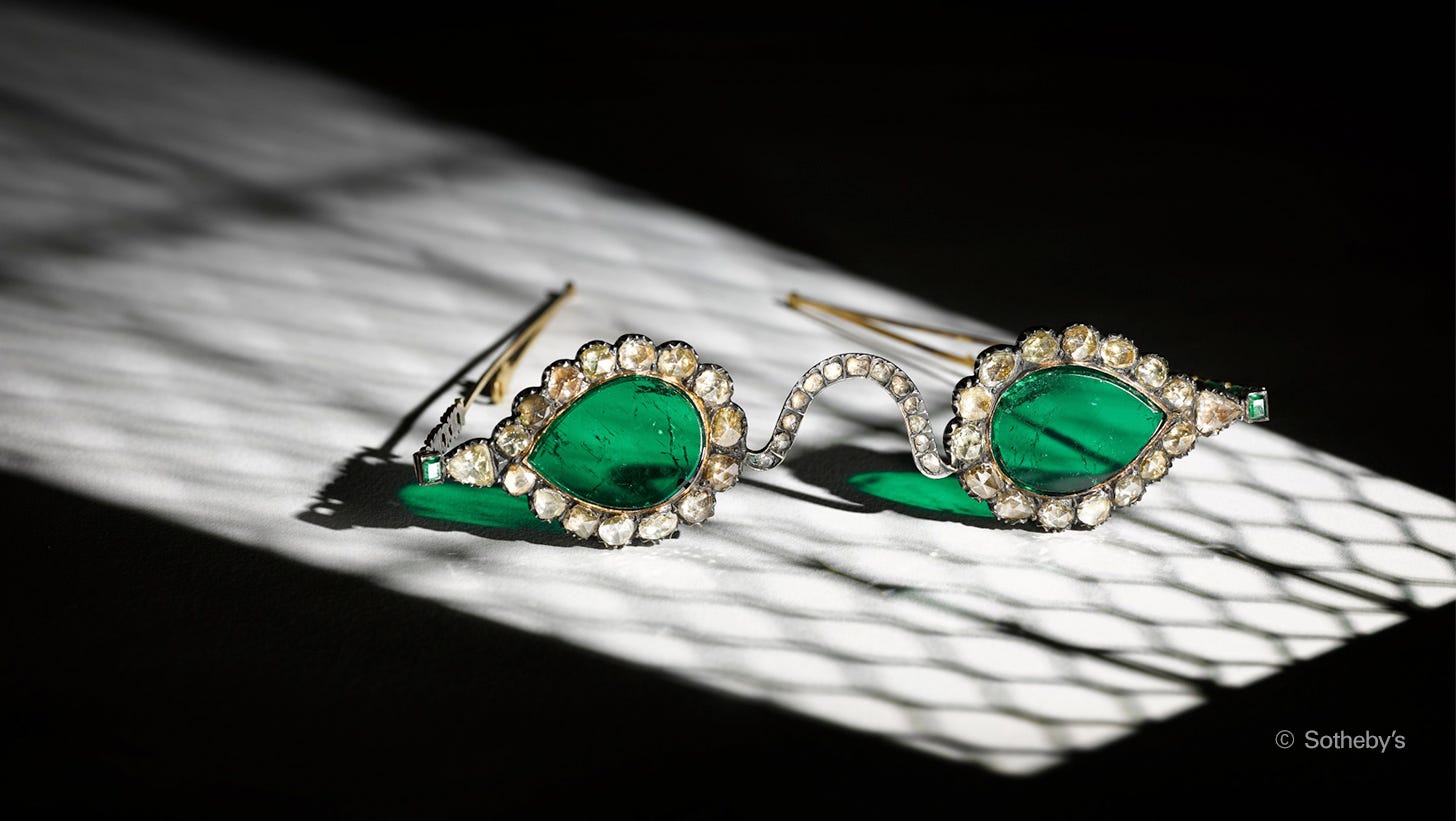
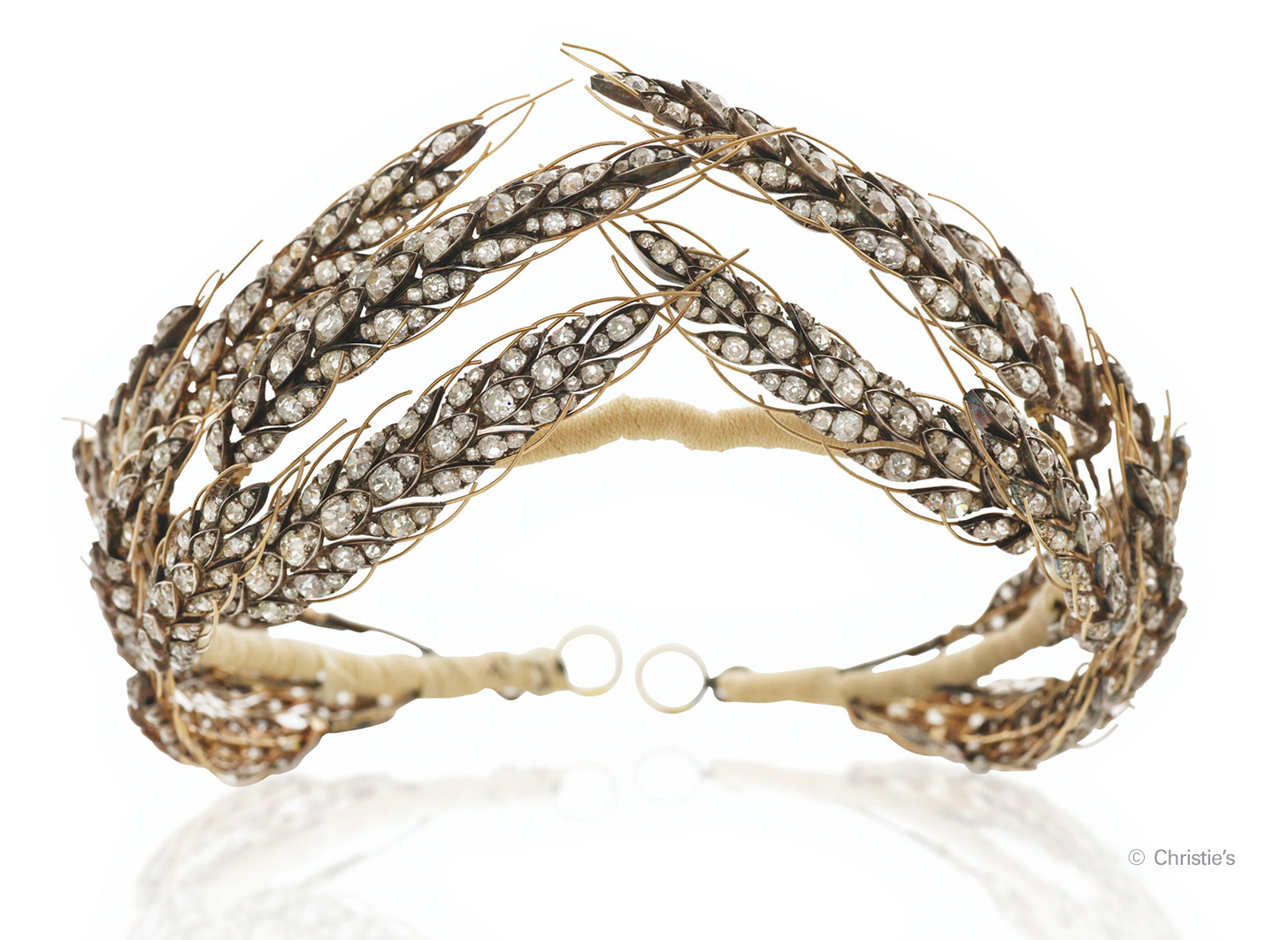
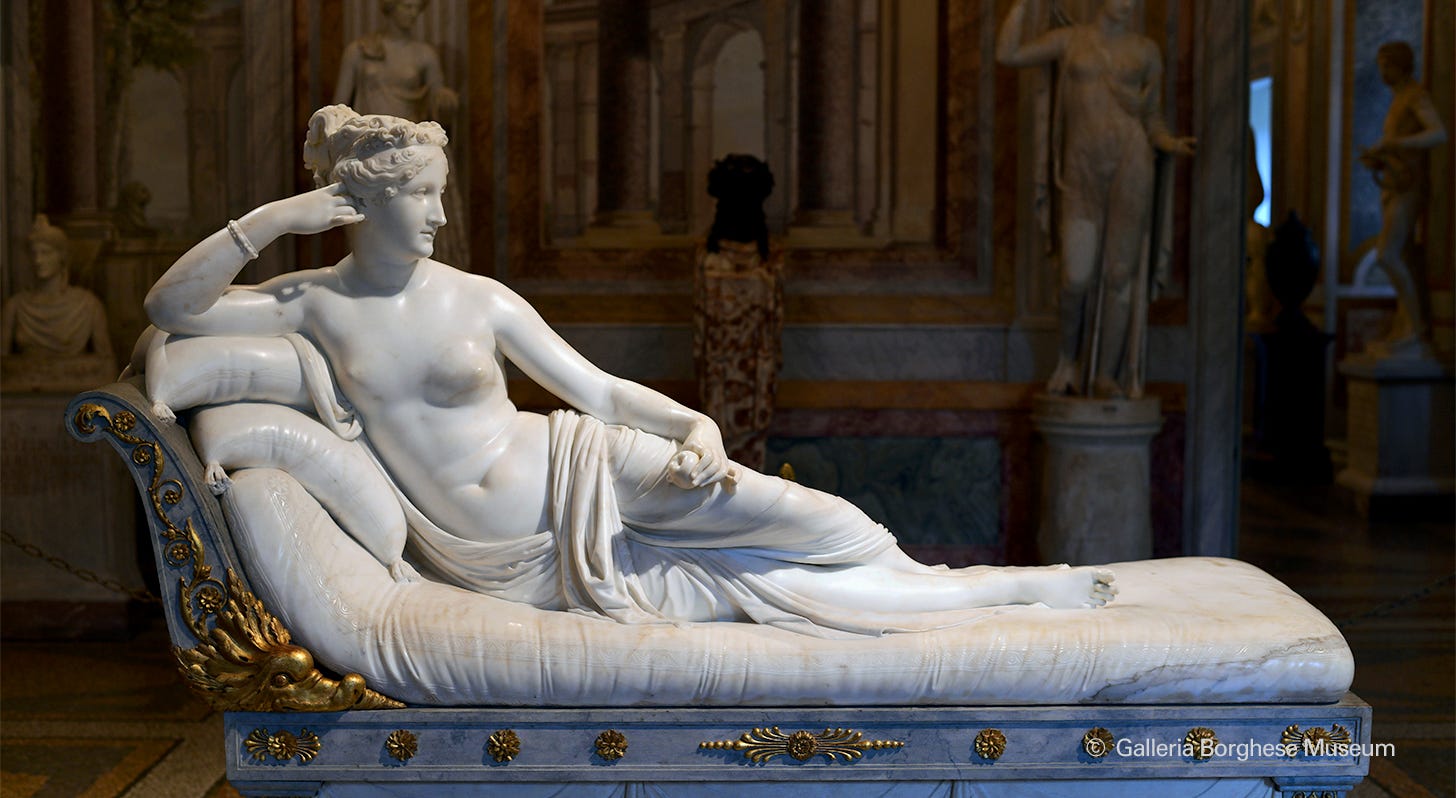

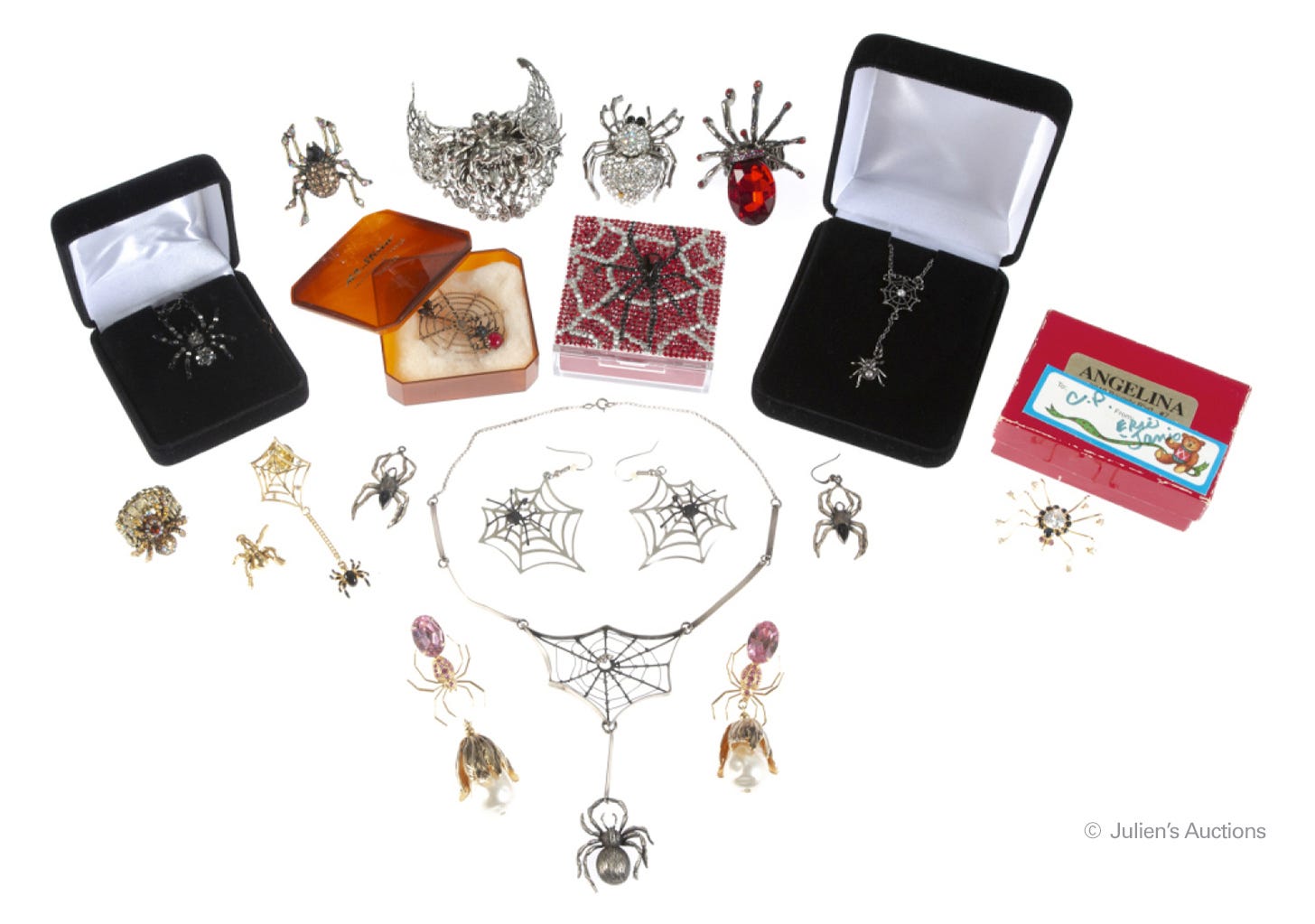
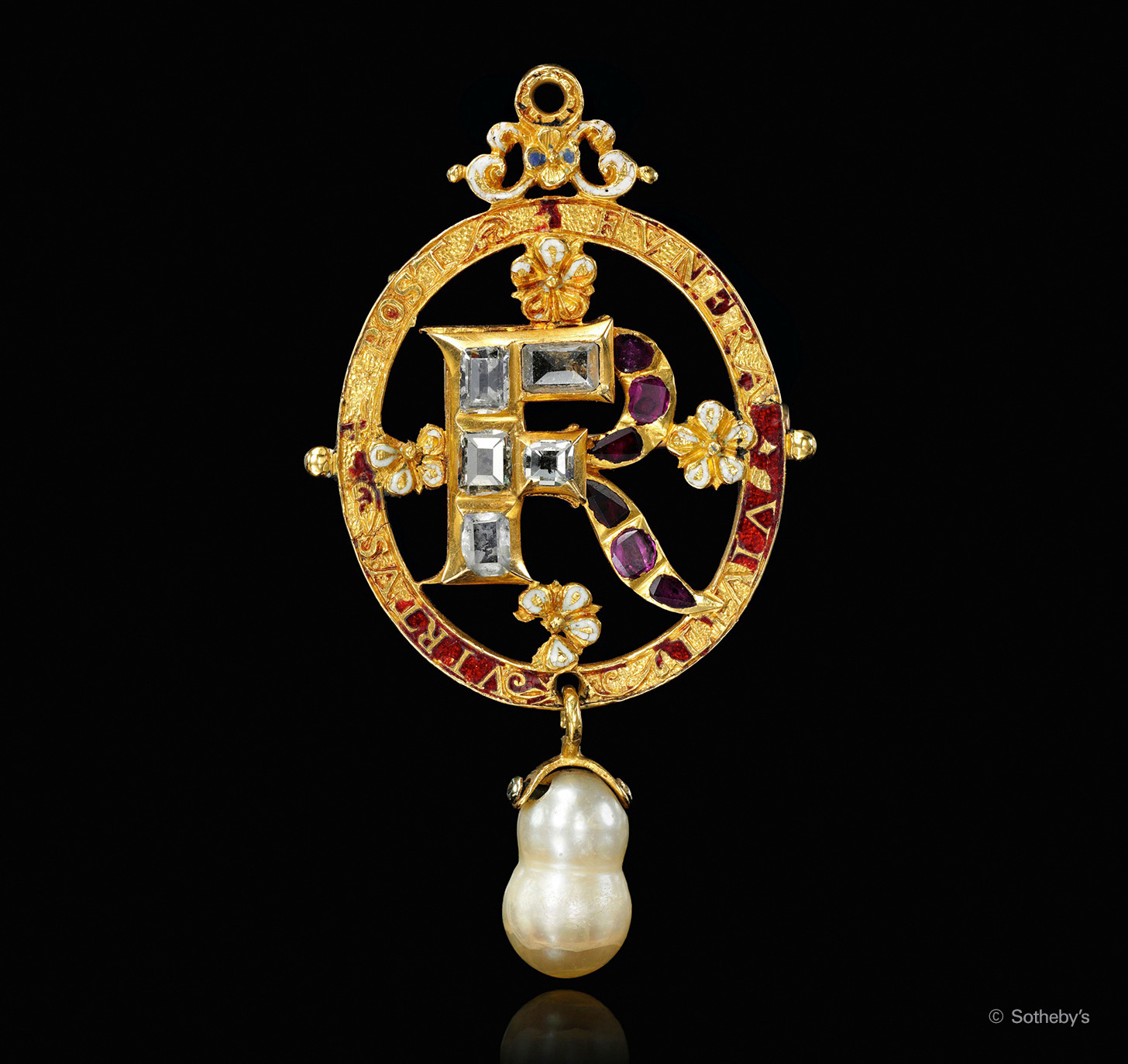
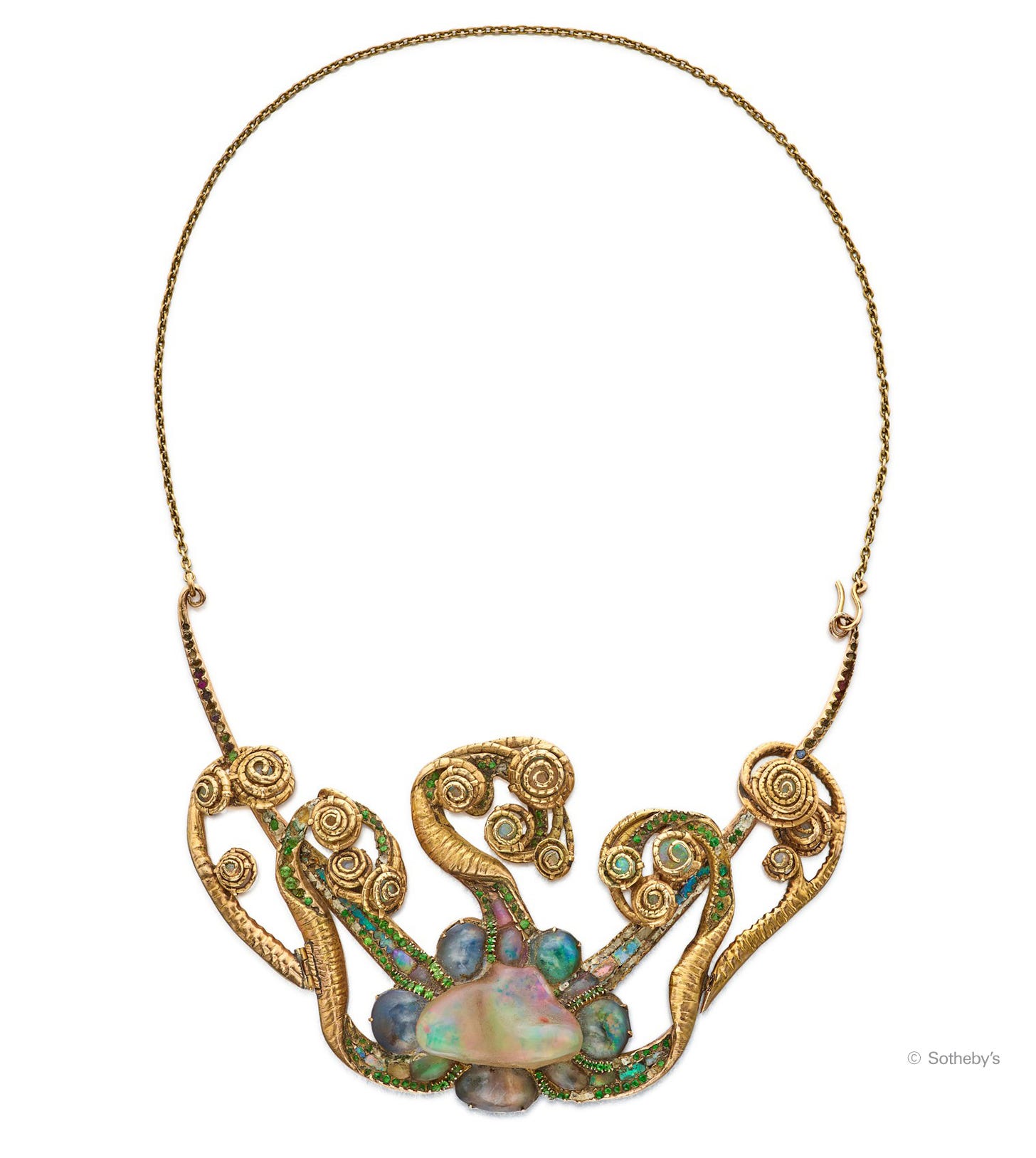
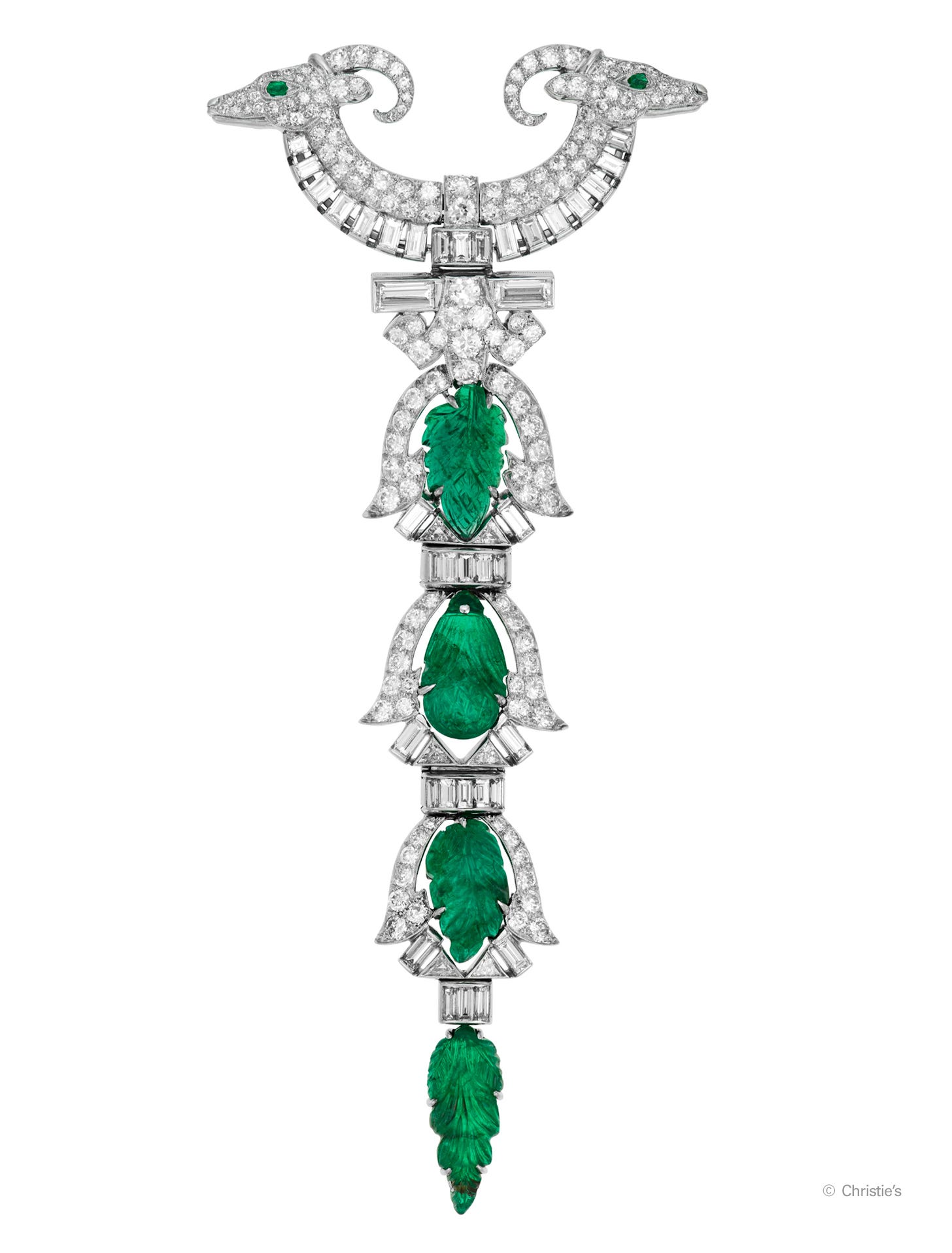
Terrific issue. Worth the wait!
What a fabulous issue of Dearest! Thanks!